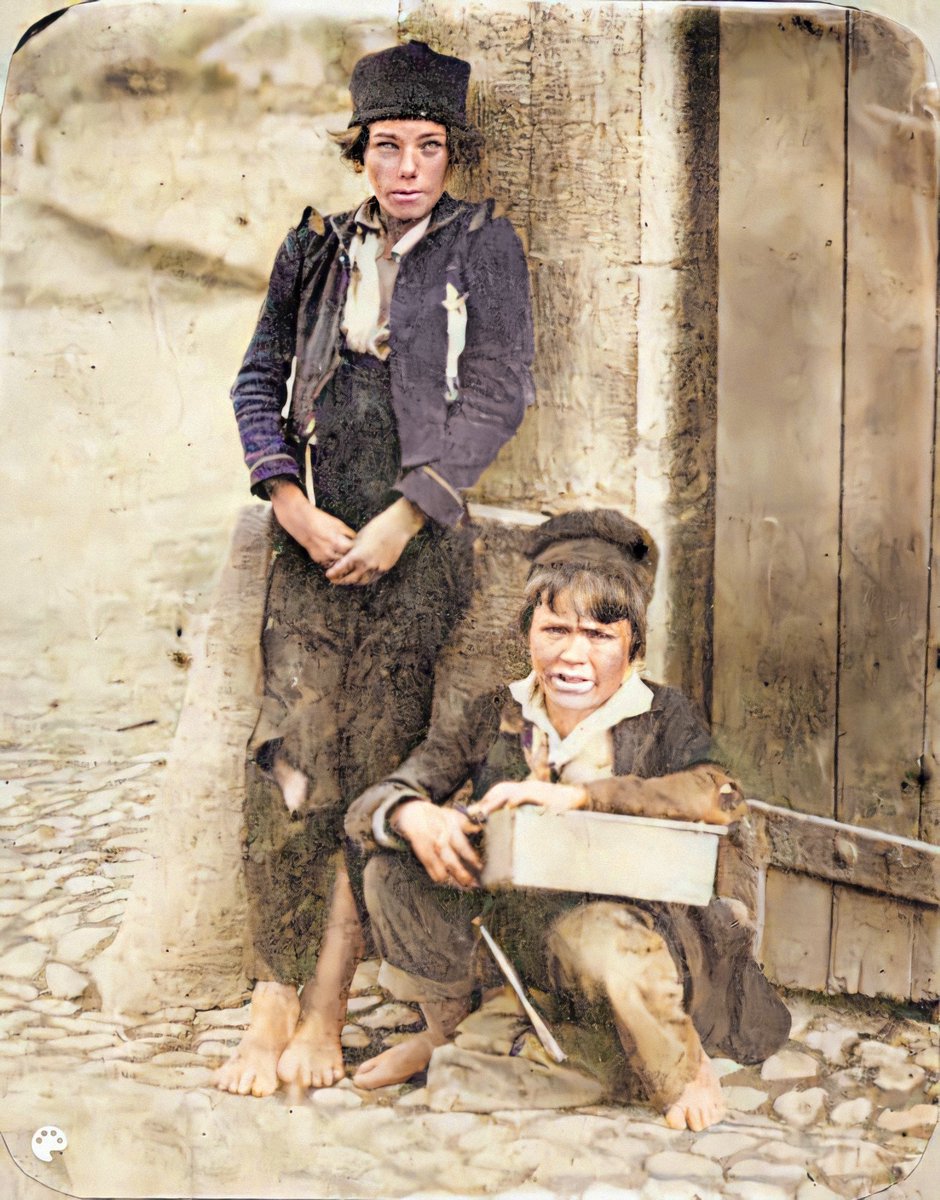Thread

@SpikeIslandCork
spikeislandcork.ie/discover/
leoweekly.com/2018/08/bloody…
lnrr.org/History.aspx
Herman was 21.
Thanks, @irelandincolour



Keep Current with Sean
This Thread may be Removed Anytime!
Twitter may remove this content at anytime, convert it as a PDF, save and print for later use!

1) Follow Thread Reader App on Twitter so you can easily mention us!
2) Go to a Twitter thread (series of Tweets by the same owner) and mention us with a keyword "unroll"
@threadreaderapp unroll
You can practice here first or read more on our help page!